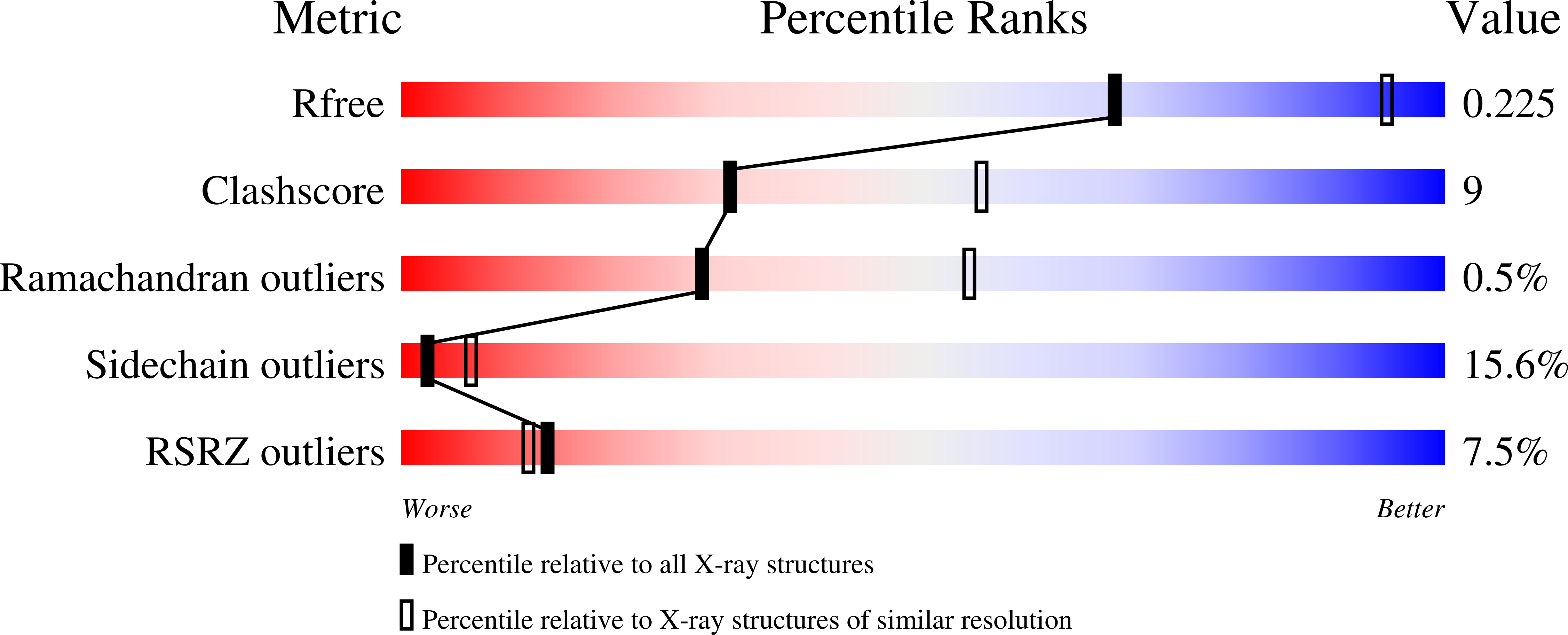
Deposition Date
2023-03-06
Release Date
2024-03-13
Last Version Date
2024-10-09
Entry Detail
PDB ID:
8CQN
Keywords:
Title:
Crystal structure of Borrelia burgdorferi paralogous family 12 outer surface protein BBK01
Biological Source:
Source Organism:
Borreliella burgdorferi B31 (Taxon ID: 224326)
Host Organism:
Method Details:
Experimental Method:
Resolution:
2.70 Å
R-Value Free:
0.24
R-Value Work:
0.21
R-Value Observed:
0.21
Space Group:
C 1 2 1


